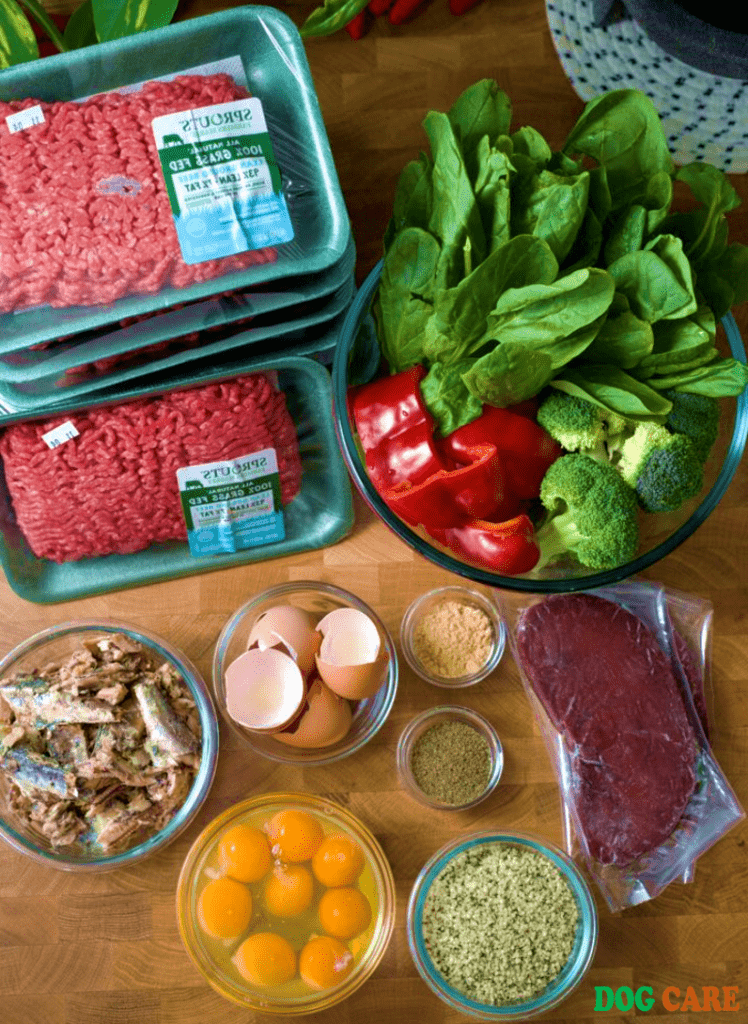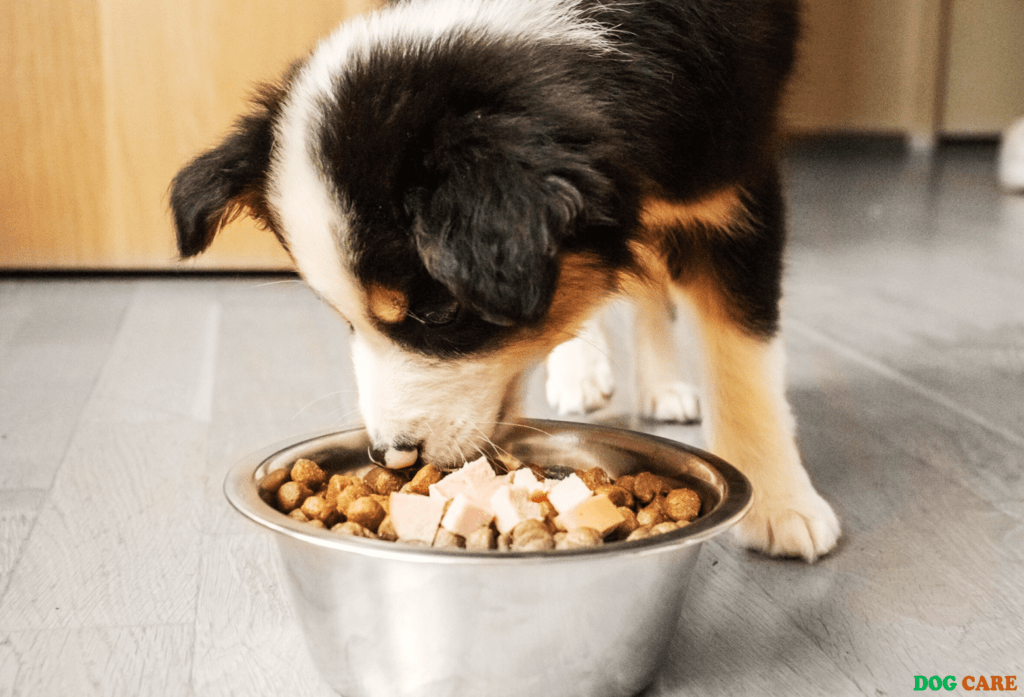How Many Bags of Dog Food on a Pallet – A pallet of dog food typically contains around 40 bags, depending on the size of the bags and the weight of the food. A pallet is a storage platform that can hold a certain amount of goods, in this case, bags of dog food.
The number of bags on a pallet can vary based on factors such as bag size and weight. On average, a pallet of dog food can hold approximately 40 bags. However, it is essential to consider the specific dimensions and weight of each bag to determine the precise number.
This information is crucial for retailers, pet owners, and manufacturers who need to efficiently store and transport large quantities of dog food.
Calculating Dog Food Quantity
When it comes to purchasing dog food in bulk, one question that often arises is how many bags can fit on a pallet? This information is crucial for both suppliers and buyers to determine the appropriate quantity for shipping and storage. In this article, we will explore the factors involved in calculating dog food quantity, including the size of dog food bags and the spacing on a pallet.
Size Of Dog Food Bags
Before diving into the calculations, it’s important to consider the size of the dog food bags. Dog food is typically packaged in various sizes, ranging from small bags weighing a few pounds to larger bags weighing up to 50 pounds or more. Knowing the specific size of the bags you are working with is essential in determining the number of bags that can fit on a pallet.
Spacing On Pallet
Once you have the bag size information, the next factor to consider is the spacing on the pallet. To maximize efficiency and ensure proper stacking, it’s essential to leave enough space between each bag on the pallet. This spacing allows for easy access and stability during transportation and storage.
- For smaller bags: It is recommended to leave approximately 2-3 inches of space between each bag.
- For larger bags: More space, around 4-6 inches, may be necessary to accommodate their size and weight.
By properly spacing the bags on the pallet, you can prevent toppling and damage, while ensuring efficient use of space.
In conclusion, calculating the quantity of dog food bags on a pallet involves considering the size of the bags and the spacing required. Knowing these factors allows both suppliers and buyers to make informed decisions about shipping and storage quantities. Remember to always adhere to industry standards and ensure proper handling and storage procedures to maintain the quality and freshness of the dog food.
Efficient Pallet Loading
Maximizing pallet loading efficiency is crucial for businesses. Loading pallets with dog food bags requires careful planning to maximize space and minimize wastage. By using efficient loading strategies, businesses can optimize the number of bags and minimize transportation costs.
Efficient pallet loading is crucial for optimizing the storage and transportation of dog food. When it comes to pallet loading, businesses need to consider various factors, such as bag arrangement and weight distribution, to maximize the number of bags they can fit on a pallet while ensuring stability and safety during transit.
Optimizing Bag Arrangement
Proper bag arrangement on a pallet is essential for efficient loading and unloading processes. By arranging bags in a strategic manner, businesses can make the most out of the available space, allowing them to fit more bags on a single pallet. Here are some tips:
- Place the bags in an interlocking pattern to minimize wasted space and enhance stability.
- Stack bags in a pyramid shape, with the heaviest bags at the bottom and lighter bags on top, to distribute weight evenly.
- Align the bags flush with the edges of the pallet to prevent shifting and maintain balance.
- Consider using slipsheets or stretch wrap to secure the bags in place and prevent them from sliding during transport.
Weight Distribution
Achieving proper weight distribution is crucial to prevent pallet tipping and ensure the safety of the dog food bags during transportation. Here are some guidelines to follow:
- Weigh each bag to determine its individual weight.
- Distribute the bags evenly across the pallet, considering both weight and space limitations.
- Ensure heavier bags are placed closer to the center of the pallet to maintain stability.
- Leave no gaps between bags to avoid shifting during transit.
- Regularly check the weight distribution of the pallet to avoid overloading and potential hazards.
By optimizing bag arrangement and weight distribution on a pallet, businesses can maximize their storage capacity and transportation efficiency. Following these guidelines not only ensures cost-effectiveness but also reduces the risk of damage and waste. Implementing these practices in efficient pallet loading allows businesses to streamline their operations and deliver dog food to customers with ease.
Maximizing Storage Space
When it comes to storing large quantities of dog food, maximizing storage space is crucial for efficiency and cost-effectiveness. One effective way to do this is by utilizing vertical space and managing inventory effectively. By employing these strategies, you can ensure that each pallet holds the maximum number of bags of dog food, optimizing your storage capacity and minimizing wastage.
Utilizing Vertical Space
Maximizing the vertical space in your storage area is key to increasing your storage capacity. Utilize tall shelving units to stack the bags of dog food vertically, taking advantage of the height of the warehouse. This not only saves valuable floor space but also enables you to store a larger quantity of bags on each pallet. Implementing this strategy can significantly increase the number of bags you can fit in your storage area, ultimately maximizing efficiency and reducing operational costs.
Managing Inventory
Effective inventory management is essential for ensuring that each pallet is fully optimized with the maximum number of bags. Utilize inventory tracking systems to monitor and control the stock levels of dog food. Regularly audit your inventory to identify slow-moving products and adjust the placement of bags on the pallet to ensure efficient use of space. By managing your inventory effectively, you can prevent overstocking or stockouts, ultimately maximizing the storage space and minimizing wastage.
Handling And Transportation
Dog food pallets can accommodate various amounts of bags depending on their size and weight. The number of bags of dog food on a pallet can vary, so it’s important to consider packaging and transport weight limitations. Ensure proper handling and transportation to keep both the product and animals safe during transit.
Pallet Stability
Loading And Unloading Safety
Handling and transportation are crucial aspects when it comes to delivering dog food efficiently. Properly ensuring pallet stability is essential to avoid any mishaps during transportation. A stable pallet not only prevents damage to the bags of dog food but also minimizes the risk of accidents for the handling personnel. Pallet stability is primarily achieved through strategic loading and securing of the dog food bags.
When loading the bags onto the pallet, make sure to stack them in a uniform and balanced manner. This helps distribute the weight evenly, preventing any unnecessary strain on the pallet. Additionally, securing the bags on the pallet is vital to maintain stability throughout transportation. The use of stretch wrap or strapping can effectively keep the bags in place, reducing the chances of shifting or falling off during transit. Utilizing corner boards can also provide additional support and protection to the pallet.
Loading Safety
Loading dog food bags onto the pallet requires caution and attention to detail. To ensure safety, follow these guidelines:
1. Place a sturdy and clean pallet on a flat surface. This provides a stable foundation for the bags of dog food. 2. Avoid overloading the pallet beyond its weight capacity. Exceeding the recommended weight limit can compromise the stability and safety of the entire load.
3. When stacking the bags, start by placing the heavier bags at the bottom and gradually work your way up with lighter ones. This arrangement helps maintain balance and stability.
4. Properly align the bags to create a square or rectangular shape. This minimizes empty spaces between the bags, reducing the risk of shifting and toppling during transit. 5. Once the bags are stacked, securely fasten them to the pallet using stretch wrap or strapping. Make sure to wrap the pallet tightly, covering all sides and corners.
Unloading Safety
Unloading the dog food bags from the pallet should also be done with safety precautions in mind. Follow these guidelines: 1. Check the stability of the pallet before unloading. Make sure it is in good condition and not damaged.
2. Utilize appropriate equipment such as a forklift or pallet jack to safely lift and move the loaded pallet. 3. Communicate with your handling personnel to ensure a smooth unloading process. Clear instructions and coordination are vital to prevent accidents or injuries.
4. When unloading, carefully remove the stretch wrap or strapping from the pallet. Avoid using sharp objects that may damage the bags or cause injury. 5. Use proper lifting techniques and equipment to unload the bags one by one. Avoid excessive force or sudden movements that may lead to bag spills or falling.
Following these guidelines for both loading and unloading will help ensure the safe transportation and delivery of dog food bags on a pallet. Taking the necessary precautions significantly reduces the risk of damage to the products and promotes a safe working environment for everyone involved.
Industry Best Practices
When it comes to managing inventory and ordering dog food in bulk, following industry best practices can help ensure efficiency and cost-effectiveness for pet supply stores, distributors, and other businesses in the industry.
Inventory Management Systems
Implementing a reliable inventory management system is crucial for effectively managing the quantity of dog food on a pallet. These systems utilize technology to track and manage inventory levels, helping businesses stay organized and avoid stockouts or overstocking situations. With an inventory management system in place, you can easily monitor the number of bags of dog food on each pallet, track the movement of inventory, and generate reports for better decision-making.
Bulk Order Considerations
When placing bulk orders for dog food, there are several factors to consider, ensuring you have adequate quantities of pallets to accommodate the desired amount. Here are some important considerations:
- Storage Space: Assess the available storage space to determine how many pallets of dog food can be accommodated. Consider factors like shelving capacity and warehouse layout to optimize storage.
- Shelf Life: Take into account the shelf life of the dog food to avoid ordering excessive amounts that might expire before they can be sold.
- Delivery Schedule: Coordinate with suppliers to establish a reliable delivery schedule that aligns with your inventory needs. This avoids the accumulation of excess stock or stockouts.
- Usage Rate: Analyze the average consumption rate of dog food to estimate the quantity required for a specific period. This helps in determining the number of bags needed per pallet.
By considering these factors, businesses can make informed decisions about the quantity of dog food to order, ensuring optimal use of storage space and minimizing the risk of wastage or shortages.
SEO keyword list:
- dog food on a pallet
- inventory management system
- bulk order considerations
- stockouts
- overstocking
- reliable inventory management system
- technology to track inventory
- generate reports
- adequate quantities of pallets
- available storage space
- shelf life of the dog food
- delivery schedule
- consumption rate of dog food
- minimizing the risk of wastage
Frequently Asked Questions Of How Many Bags Of Dog Food On A Pallet
How Many Bags Of Dog Food Can Fit On A Pallet?
On average, a standard-sized pallet can hold around 50 bags of dog food. However, the exact number may vary based on the size and weight of the bags, as well as the specific dimensions of the pallet.
What Is The Weight Capacity Of A Dog Food Pallet?
The weight capacity of a dog food pallet depends on various factors, including the strength and durability of the pallet material. Typically, a standard pallet can handle weights up to 2000 pounds, but this can be higher or lower depending on the specific design and quality.
Can I Stack Multiple Layers Of Bags On A Dog Food Pallet?
Yes, it is possible to stack multiple layers of bags on a dog food pallet. However, it is important to ensure that the stacking is done safely and does not exceed the weight capacity or compromise the stability of the pallet.
Distributing the weight evenly is crucial to maintain the integrity of the stack.
Conclusion
Understanding how many bags of dog food on a pallet is crucial for pet food suppliers and retailers. By optimizing pallet loads, businesses can maximize their warehouse efficiency and reduce transportation costs. Calculating pallet capacity helps ensure a smooth supply chain and improves customer satisfaction.
This knowledge proves invaluable for managing inventory and logistics.


